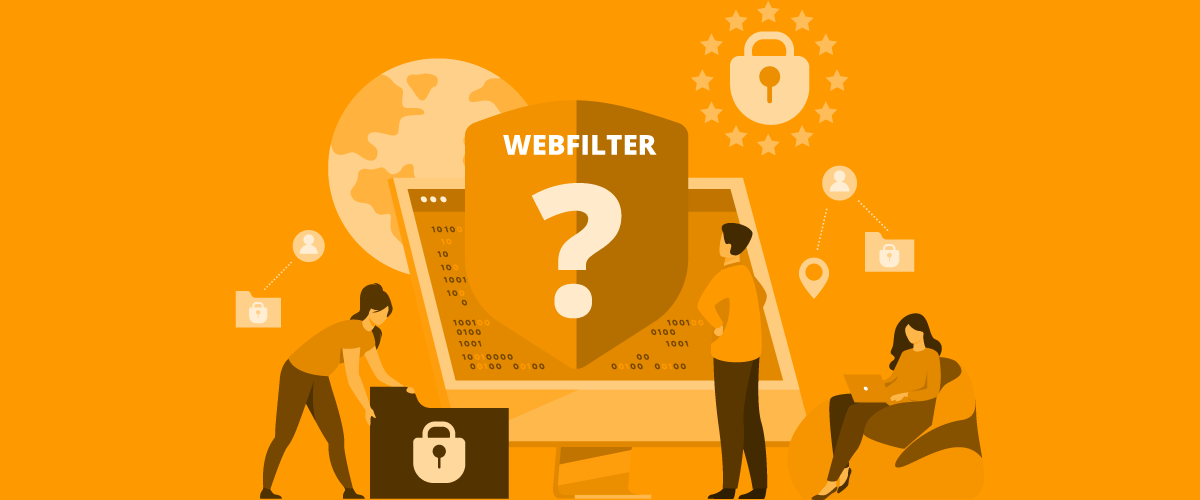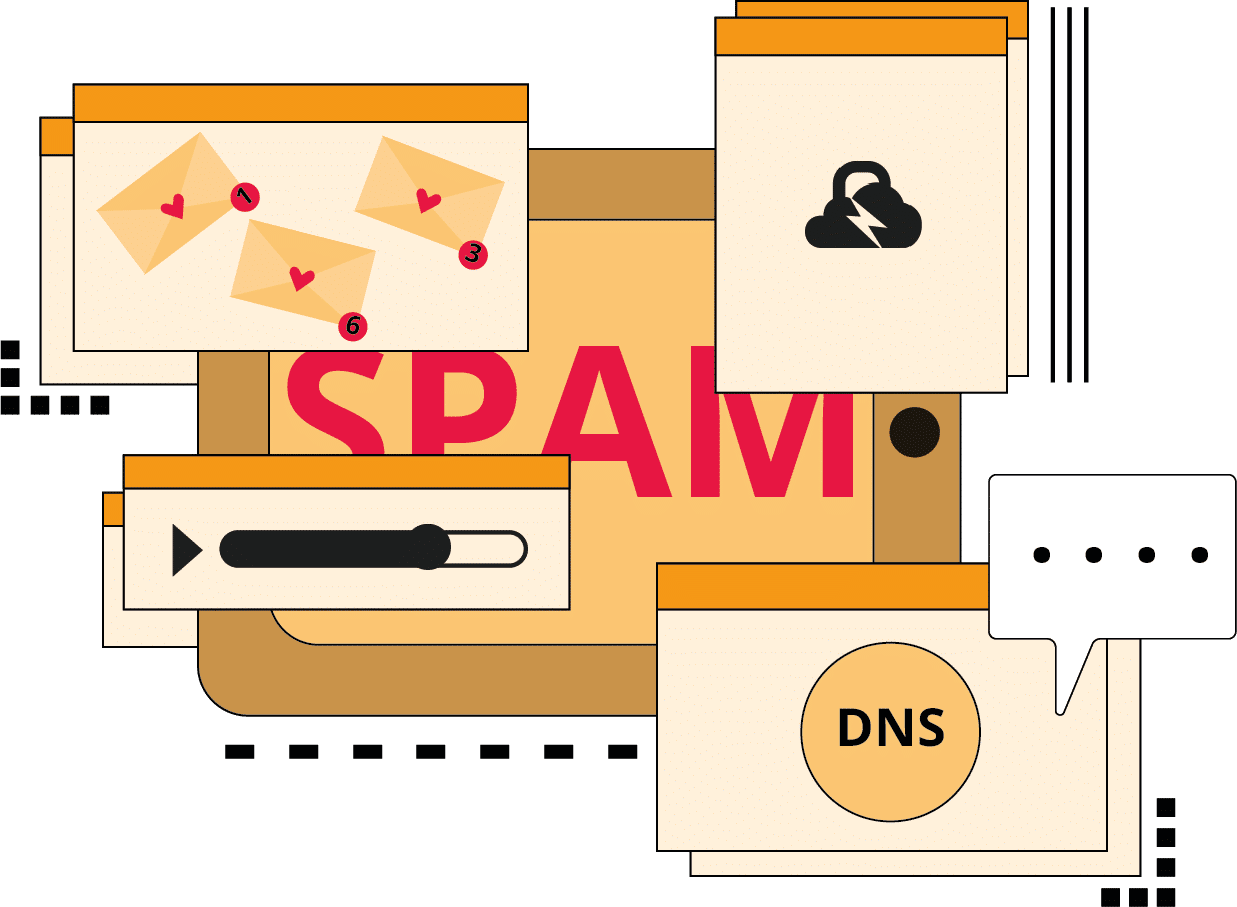
FlashStart: the DNS filter for blocking porn
The pornography industry is in constant growth and porno websites have become one of the most used, ever more frequently, by hackers for launching harmful attacks above all by using Trojan’s that the user doesn’t even realise have been downloaded onto their equipment. FlashStart is the DNS filter for blocking porno and guarantees the security of your devices.
1. The adult content industry
The adult content market, in particular, the online pornography of the last five years, has been in constant growth. According to available data from statista.com, the industries value of American porn online went beyond 607 million dollars in 2018 to 977 in 2022, it is also estimated that in 2023 it will be over 1 billion and 100 million dollars.
Covid definitely played its part as a fundamental factor in this growth. Statista.com demonstrates that in France, on the very first day of lockdown, there was a 4% growth in internet traffic towards pornhub.fr in respect to the normal average day. From there, the growth continued on a constant way up until March 17th, the day that hit the highest peak of 40% extra traffic in respect to a normal pre-pandemic day.
For that regarding the distribution between sections of the public, in the major part of European countries more than 70% of users were of the male sex. Exceptions were in Spain and Poland where, in 2021, women represented 38% and 32% respectively in the total of viewers.
In America also the consumption of pornographic content is an above all male prerogative and, in this number, the adults who declared that they had watched porn the month before they were interviewed were between 30 and 49 years of age, an age bracket where more than one out of two report a recent access to a porn website.
>> FlashStart protects you from a wide array of threats and blocks access to malicious sites. Request a quotation or try it now

2. The risks tied to not having a DNS filter for blocking porn
The data above demonstrates the pervasiveness of online access to porn. But what are the risks for the user? Sadly, we have now reached the point where we know that our online activity is constantly under threat from cyber-attacks because our personal information has an enormous market value. The data that they are interested in goes from highly sensitive information, like our bank details and password, to other information that is seemingly less important, such as where we are situated or, precisely, out internet chronology.
2.1 The risks of ‘incognito’ navigation
Often, those who access a pornographic website does so by using a ‘incognito’ mode. This allows them to maintain their chronology clean and avoid other family members to uncover their habits that they wish to remain hidden along with their sexual preferences. However, even though it is not visible in the chronology, the ‘incognito’ navigation still does remain saved somewhere: the ‘incognito’ mode, in fact, is not the same as invisible browsing but instead just a way of navigating in a more hidden way.
Hackers can still use this information for connecting the navigation trace to a user profile and blackmail them to obtain an economic advantage.
>> FlashStart protects you from a wide range of threats and blocks access to malicious sites → Request a quotation or try it now
2.2 The risk of third-party trackers
Every time we click on a link to access a website we don’t only send the ‘first-party’ request, the one asking the website to grant you access, but in automatic there are also a series of ‘third-party’ requests: these are ones that are automatically sent to those who look after the publicity side of the site and it allows them to develop more detailed links based around the user profile that comes out of the searches that they make,
These third parties thus obtain access to you IP address, your position as well as other accurate information such as the device details that you are using. Those who create publicity for porn sites can then put together user profiles which can be sold on to other companies.
>> FlashStart’s artificial intelligence guarantees continuously updated protection for your browsing → Request a quotation or try it now
2.3 Malware and viruses: the most common risks
Even though it is well noted that viruses and malware can be easily downloaded from pornographic sites, spreading them is obviously not the intention of them. In fact, they desire that users keep coming back to their platforms and spend some time as well as money for using the services that they offer. Therefore, it is not logical that they themselves would risk their reputations and security in this way.
The problem is the so-called ‘badvertising’, the malware that is distributed through publicity announcements. These adverts invite the users to click onto images and harmful links and, often in an unknowing way, the users fall into the trap and, with just one click, unleash an attack against themselves. The effects of malware are diverse: some viruses allow the hackers to access your chronology and make it public, having consequent effects on your reputation, others have the objective of asking for a ransom and monetarise the value of your information.
2.4 Legal risks
There are even legal risks tied to the online pornography world. These can be divided into two categories:
» On the one hand there are risks that derive from the consumption of the video content when they have been in places that are not consented, firstly workplaces. An employer can uncover these by controlling the chronology of sites that have been visited by the employee or they can even be flagged by other workmates who have seen you visiting such sites, maybe on your own device, but during work hours.
The risk, in this case, is the loss of employment as well as damaging your reputation.
» On the other hand, there are risks that derive from being an unaware victim of hacker attacks that result in saving illegal files, for example ones tied to child-porn, onto your PC or laptop without your permission. Even though you have not taken any kind of part in such activities the fact that you were unaware is not a strong enough argument in your defence during a court case.

3. FlashStart: the DNS filter for blocking porn and harmful content.
FlashStart is the DNS filtering system that is flexible and easy to use and guarantees the security and continuity of your home or business network, as well as being an ideal ally to your public administration for avoiding being the next victim of a large scale targeted cyber-attack.
FlashStart has developed a content filter based around DNS that represents the complete solution as far as blocking various categories of content amongst which:
» Dangerous content: FlashStart is a web DNS filter against malware, phishing attempts, botnet and informatic attacks of various types, perpetrating through the web. The FlashStart content filter works on the DNS level blocking access to all sites that are deemed dangerous.
» Undesired content: this is the type of which we have been discussing during this post. FlashStart is the DNS filter for blocking porn, but not only. The network administration in fact can decide to block a vast gamma of access to sites subdivided into categories that are then inserted into blacklists thus allowing an even stronger protection during navigational experiences. Some examples include violent content, drug related content and online gambling.
» Content that creates distraction: FlashStart is the software that allows you to block the access to any kind of content that creates distraction. These include social networks as well as messaging apps, streaming platforms for audio and video, news sites and shopping online.
3.1 FlashStart: the flexible and easy to use protection.
FlashStart allows the network administration to go in detail into the setup of the DNS filter for blocking porn. In fact, it is possible to:
» Block entire site categories by choosing the themed blacklist that you would like to forbid access to ® this allows you to choose to block the access to all porn sites with just one click, wherever they may be located.
» Create personalised blacklists from just single sites for which it is specifically access blocked ® if there have been bad experiences with some sites you can add them inside of a personal blacklist. If a user then tries to access them again they will see a warning message in which it is explained why they cannot access this site.
» Set up a granular mode security ® deciding to allow some specific users / profiles to be able to access all sites and others to be able to navigate in a more limited way ® In this mode the network administrator will be able to manage the various necessities of company users.
» Set up the timeframe blocks ® The administrator can also choose to clock access to a determined site only within a certain timeframe, as for example during work time, making it visible at other times.
You can activate the FlashStart® Cloud protection on any sort of Router and Firewall to secure desktop and mobile devices and IoT devices on local networks.







